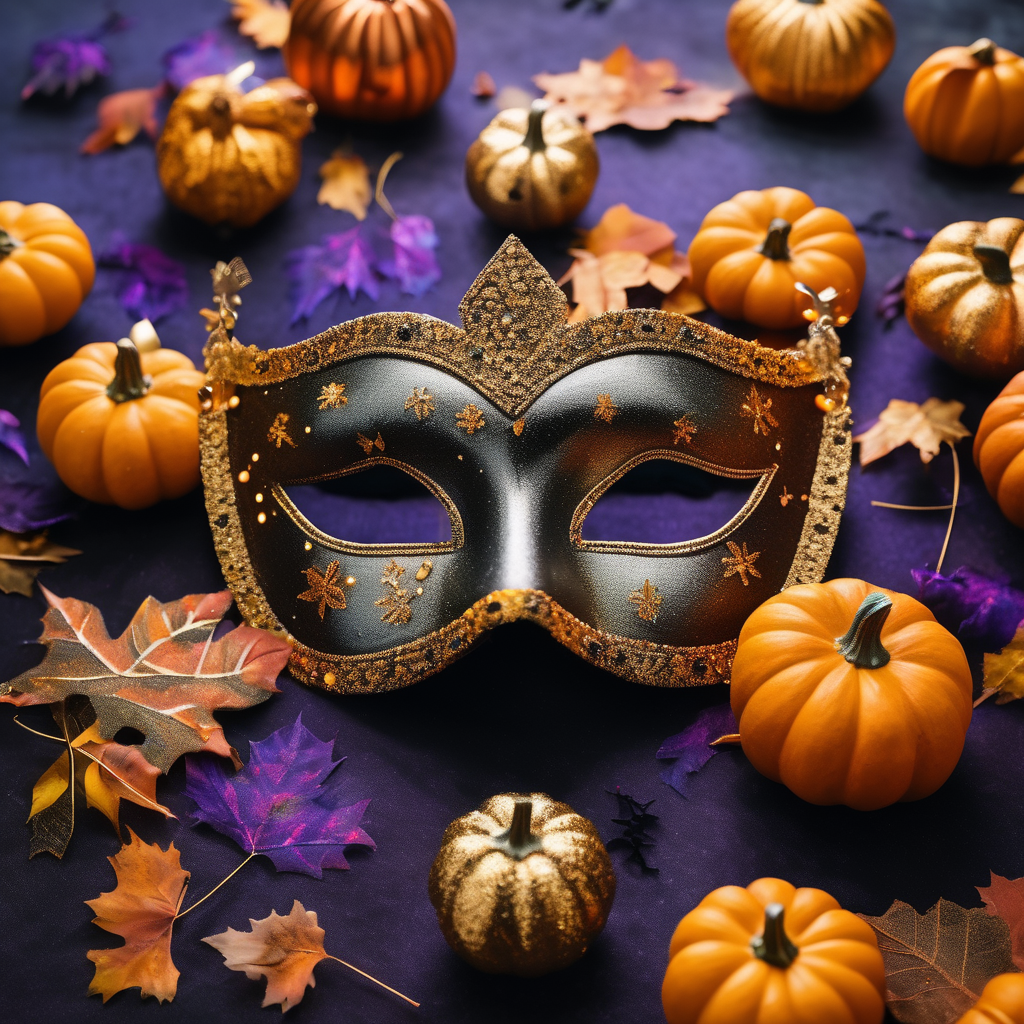The vibrant streets of New York City transform each Halloween as drag performers don high-fashion yet haunting costumes, marching alongside Elton John impersonators and extravagant Victorian-era couples. This annual spectacle, known as the Village Halloween Parade, is not merely a celebration of Halloween for many; it embodies a powerful demonstration of identity exploration and acceptance.
Taking place on October 31, the parade attracts over 2 million participants to Sixth Avenue, showcasing a thrilling blend of imaginative costumes, striking puppetry, and the iconic “Thriller” dance performed by enthusiastic mobs. Since its humble beginnings in 1973, when mask and puppet designer Ralph Lee led a small neighborhood gathering, the event has blossomed into a nationally recognized celebration of diversity and creativity. The parade earned the National Endowment for the Arts Grant for Lifetime Achievement in 1993, highlighting its significance in the arts community.
Jeanne Fleming, the artistic and producing director for the parade for 45 years, recalls how the event became a haven for the gay community. “When the parade started, Greenwich Village was very gay. The parade became sort of a gay parade, because there were so many participants from the gay community,” she shared.
The inclusive spirit of the parade began early, with a significant turnout from the queer community during its inaugural ceremony in 1974. The proximity of iconic LGBTQ+ landmarks such as the Stonewall Inn further solidified the parade’s importance in the life and activism of the community. Following New York City’s first Pride parade in 1970, the Village Halloween Parade emerged as another crucial space for queer individuals and drag artists to assert their identities in a society that often marginalized them.
“The fact that that community was involved from the very early days set a tone for the parade,” Fleming explained. It became customary for attendees to arrive in elaborate costumes alongside their friends, contributing to the joyous atmosphere of the event.
While the parade has grown into a major citywide attraction and gained immense popularity, Fleming emphasizes that its roots in countercultural identity remain strong. Historically associated with gay rights organizations such as ACT UP, today’s parade continues to collaborate with groups like NYC Pride, showcasing performers like the Queer Big Apple Corps.
“It’s always been a night about freedom and personal expression: being who you are, unafraid,” Fleming stated. “In any way — your ethnicity, your age, your gender, your sexual orientation — everyone comes together for that one night, living in their imagination.” This dedication to inclusivity and creativity positions the Village Halloween Parade as a unique celebration unlike any other.
Participants are invited to join the festivities on October 31 at 7 p.m., as the parade begins at Canal Street and Sixth Avenue, weaving its way north to 15th Street. This year’s event promises to continue its tradition of celebrating the vibrant tapestry of life, offering a magical night where everyone can express their true selves freely.
